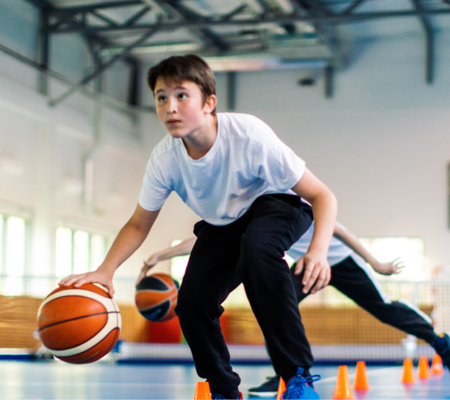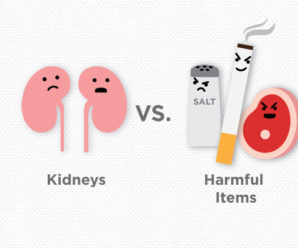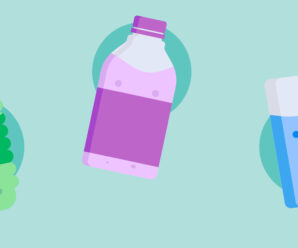Athletes in any sport can face skin infections like impetigo and MRSA. Some skin infections can keep the athletes from the field, court or mat of play. In many cases, good sports hygiene and early appropriate at-home intervention can help minimize the interruptions in the athlete’s sport season.
Dr. Erik Stratman, dermatologist at Marshfield Clinic Health System, discusses some of the warning signs that an athlete may be experiencing a communicable skin disease and offers some tips on early recognition, prevention strategies and at home supplemental care tips to get the athlete back to competition as soon as possible.
Since official return-to-play recommendations can change over time, please refer to the current WIAA guidelines for treatment requirements and durations of treatment necessary for an athlete to return to the sport.
Impetigo
Impetigo is a superficial type of bacterial infection commonly caused by staph or strep skin infection. This skin infection commonly appears as a honey-colored crusting with superficial erosions on the skin. You may also notice pustules in the area as well. Although rarely dangerous to an athlete’s health, impetigo can be very infectious with direct contact with the lesions or by sharing certain types of equipment, practice gear, towels or other articles that may have touched the infected skin.

At-home strategies for decreasing bacterial skin disease spread include soaking in a warm bleach water bath for 20 minutes. This is an excellent and affordable way to decolonize bad bacteria on the skin and to decrease the spread of staph infections. In a full bathtub of warm water, add a quarter cup of household bleach. This essentially turns the bath into a chlorinated swimming pool concentration of germ-killing soaking solution. Do not use straight bleach on the skin because it is too toxic. Soak for 20 minutes in the tub.
Many topical antibiotics that can kill typical impetigo germs are readily available over-the-counter, typically for under $10 per tube. These can be used on open sores as first line attempts to resolve impetigo. Prescription ointments are usually effective and sometimes necessary. For widespread impetigo or resistant cases, courses of oral treatments are necessary.
Prevention of impetigo includes caring vigilantly for any open cuts or scrapes encountered by the athlete and minimizing scratching or picking at open skin lesions.
MRSA
MRSA is a more dangerous, less common form of staph infection. This is an infection by a resistant staph germ that usually lives much deeper in the skin, causing more redness, swelling and tenderness. If the athlete ever experiences worsening red, swollen and tender skin anywhere on the body, fevers or feeling sick, the athlete should be evaluated by a health care provider promptly.
Contact your primary care provider if you have any additional questions about skin infections.
For skin infection help, talk to a Marshfield Clinic Health System provider.
Schedule appointment Message your provider
Related Shine365 articles
Herpes simplex: Skin infections in athletes
Molluscum contagiosum: Skin infections in athletes
Ringworm: Skin infections in athletes
Toxic shock syndrome symptoms and treatments







Leave a Reply